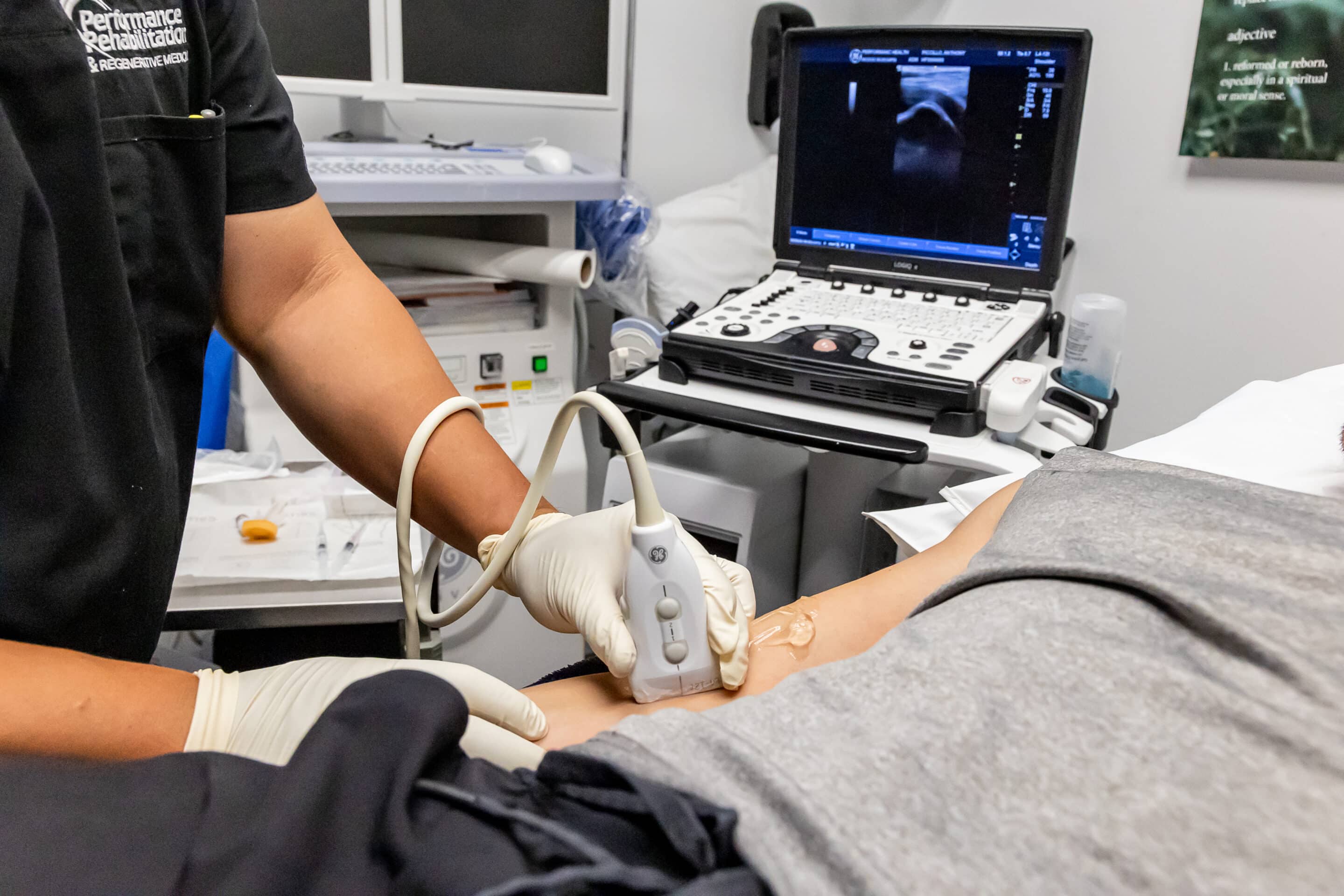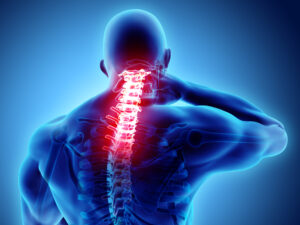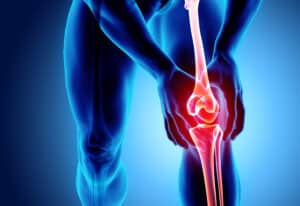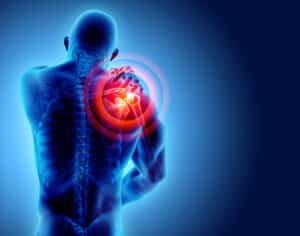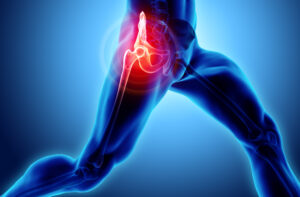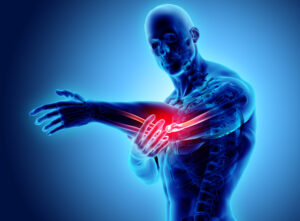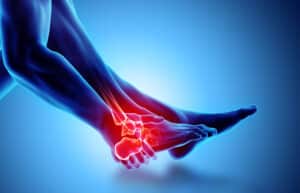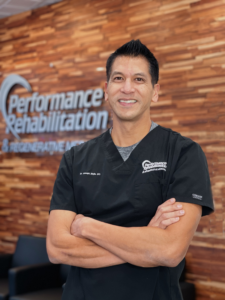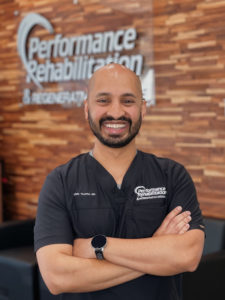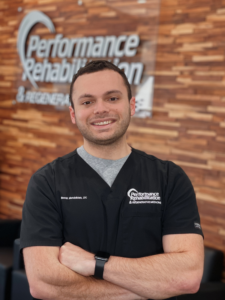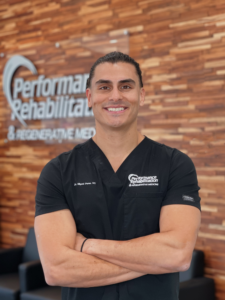Why Do I Still Have Pain After Back Surgery?
When it comes to persistent back pain after surgery, many patients find themselves desperate for relief and opt to undergo additional surgeries. This poses a problem for patients in search of a cure, as success rates plummet with each additional back surgery.
Hope still remains for those suffering from back pain following surgery. From cutting edge therapies like MLS laser therapy, to one-on-one post surgical rehabilitation, patients are finding freedom from post-surgical back pain without the need for additional surgical intervention.
What causes back pain after surgery?
A failed back surgery can translate to severe pain and drastically reduced quality of life, with many patients reporting feelings of hopelessness and frustration. Pain may be reduced but still present, or may get increasingly worse following surgery. The main causes of back pain following surgery are as follows:
Failed Back Syndrome
Despite a careful diagnosis and successful operation, some patients still suffer from persistent pain, continuation of symptoms, and an inability to complete everyday tasks. This is known as failed back syndrome, or failed back surgery syndrome. In this case, it is not the surgery that has failed, but the failure to fully resolve the symptoms and pain. Symptoms include dull achy back pain, numbness and tingling in extremities, and sharp, burning pain in back, legs or arms.
Post Surgery Issues
After decompression surgery (laminectomy or discectomy), there may be a delay in the healing of the nerve root. This makes it difficult to measure the success of the surgery. A three-month period is used as a benchmark in predicting the outcome of the surgery: patients who are improving within three months of surgery will typically continue to get better. Patients whose symptoms and pain are not improving at the three-month mark are unlikely to benefit from the surgery.
Fusion Failure
Spinal fusion is basically the welding of neighboring vertebrae together, which allows them to fuse into a solid, single bone. When a spinal fusion is unsuccessful, it is known as pseudoarthrosis. When this happens, there is not enough bone formation during the healing period following the procedure. Symptoms are facet joint pain, motion pain and sacroiliac joint pain. Risk factors for pseudoarthrosis include smoking, obesity, malnutrition and steroid use.
What treatments are available for post-surgical back pain?
By combining careful evaluation with new treatment and diagnostic strategies, physicians are now better able to pinpoint the root cause of pain both before and after back surgery. This leads to an increase in successful pain relief without the need for additional, often unsuccessful surgeries.
MLS Robotic Therapy
Robotic Regenerative MLS Laser Therapy is an advanced, FDA-cleared, non-surgical laser technology that works to eliminate pain and reduce inflammation in the body in a safe, painless, and non-invasive way. This therapy utilizes dual wavelengths of infrared light to penetrate deep into the tissue and stimulate regeneration at the cellular level.
Interventional (Injection Based) Pain Management
The primary goal of an interventional pain specialist is to reduce pain and inflammation through injection based procedures to the spine or extremity. Reduced pain levels will allow the patient to initiate physical therapy with less discomfort and ultimately return the patient to normal function and restore their quality of life.
Post-Surgical Rehabilitation
Post-surgical physical therapy is an important step in healing after back surgery. Creating a customized post-surgical rehabilitation program that focuses on restoring full function and minimizes discomfort and pain is paramount to the healing process. A proper post-surgical rehabilitation program is essential to support a successful surgical intervention and your timely return to full mobility.
Spinal Decompression
The DRX9000 spinal decompression system is a 100% non-invasive treatment that utilizes computer technology to provide a gentle spinal stretch to a specific injured spinal segment. During treatment, disc pressure drops resulting in diffusion of water, oxygen and nutrients to the injured spinal segment, which are necessary for healing. The resultant decrease in disc pressure allows bulging/herniated discs to retract, heal and rehabilitate.
Spinal Cord Stimulation Therapy
HF10 Spinal Cord Stimulation Therapy is an advanced, FDA approved therapy for treatment of chronic back and leg pain. HF10 therapy works by calming the nerves that carry pain signals to your brain. Studies show this treatment is the most effective spinal cord stimulation therapy, with the highest demonstrated success rate for chronic back and leg pain. The procedure is quick, minimally invasive and may not require a hospital stay.
If you’re dealing with back pain and are looking to avoid surgery or you’ve already had surgery and looking for relief, our Primary Spine Physicians and Physiatrists are trained to properly diagnose and treat complex spine conditions without the need for surgical intervention. Give us a call at 908-754-1960 to find out more.

